Mold Removal and What Molds Are
Definition of Molds
Mold, specifically black mold has taken on a high profile today and has become highly associated floods and other water damage situations. So, we’ll spend some time in this category talking about molds, how to identify, how to treat and when to call in a professional mold remediation expert. Lots of scammers out there and you want to make sure you are dealing with someone who is certified in mold treatment and removal.
Molds can be a big component of water damage and flooding if the damage from water is not dealt with quickly and properly. So….we will present some facts about Mold Removal in this category, much of the information coming directly from the EPA and their recommendations.
Partially decomposed beech leaf.
Click image for larger version
Mold s are organisms that may be found indoors and outdoors. They are part of the natural environment and play an important role in the environment by breaking down and digesting organic material, such as dead leaves. Also called fungi or mildew, molds are neither plants nor animals; they are part of the kingdom Fungi.
s are organisms that may be found indoors and outdoors. They are part of the natural environment and play an important role in the environment by breaking down and digesting organic material, such as dead leaves. Also called fungi or mildew, molds are neither plants nor animals; they are part of the kingdom Fungi.
Magnified mold and mold spores Click image for larger version
Molds can multiply by producing microscopic spores (2 – 100 microns [µm] in diameter), similar to the seeds produced by plants. Many spores are so small they easily float through the air and can be carried for great distances by even the gentlest breezes. The number of mold spores suspended in indoor and outdoor air fluctuates from season to season, day to day, and even hour to hour.
Mold spores are ubiquitous; they are found both indoors and outdoors. Mold spores cannot be eliminated from indoor environments. Some mold spores will be found floating through the air and in settled dust; however, they will not grow if moisture is not present.
Mold is not usually a problem indoors — unless mold spores land on a wet or damp spot and begin growing. As molds grow they digest whatever they are growing on. Unchecked mold growth can damage buildings and furnishings; molds can rot wood, damage drywall, and eventually cause structural damage to buildings. Mold can cause cosmetic damage, such as stains, to furnishings. The potential human health effects of mold are also a concern. It is important, therefore, to prevent mold from growing indoors.
Next up, “What Mold Needs to Grow“

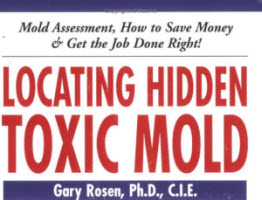
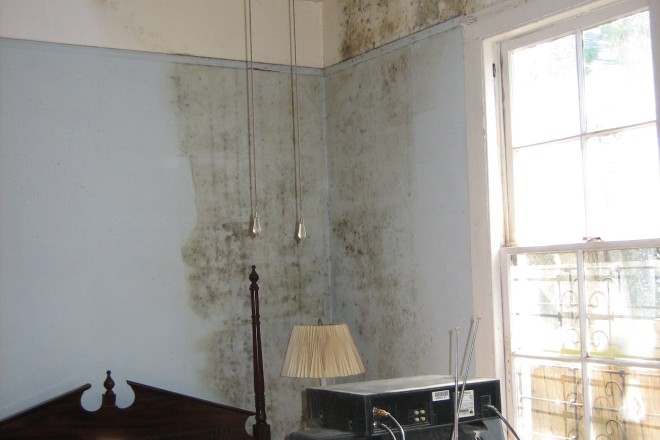

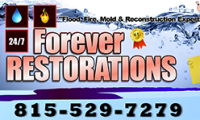
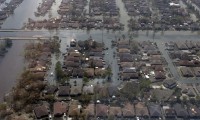
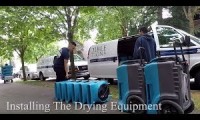

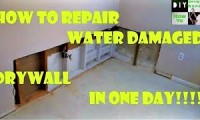
Leave A Reply